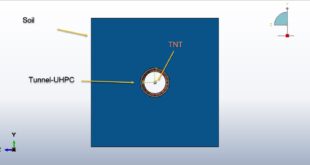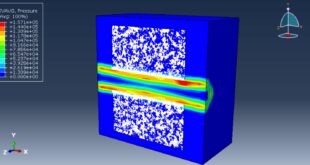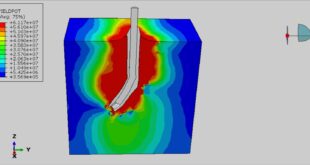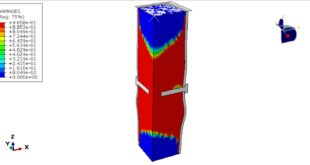In this tutorial, the Simulation four-point bending of a composite beam(Wood-Cement) in Abaqus has been studied. The wood-cement beam is modeled as a three-dimensional solid part. The four rigid bodies are modeled as three-dimension rigid shell parts. You can see a figure of the assembled part below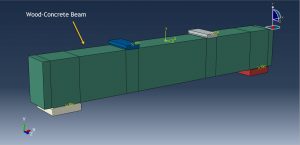
Energy and environmental issues are major concerns in the global perspective of sustainable development. The housing sector is particularly energy-intensive. It is a major greenhouse gas emitter and consumer of natural resources. This context has led the scientific community to reassess the performance of building materials on the basis of embodied energy and environmental impact. Bio-sourced materials combined with a cementitious matrix offer an interesting alternative to traditional construction materials. They constitute an interesting economic and ecological solution. Biomaterials such as wood fibers can be sourced from recycled timber or from sustainably managed forests. They are inexpensive to produce, and environmentally friendly. They can sequester carbon in the construction. They are generally highly porous with a low apparent density and a complex architecture marked by a multi-scale porosity. These geometrical characteristics result in a high capacity to absorb sounds and have hygro-thermal transfer ability. Based on the above observation, it can be seen that the behavior is typical of a concrete material. As such, it can be easily modelled using the Concrete Damage Plasticity Model (CDPM) available in Abaqus. The CDPM has the potential to represent the complete inelastic behavior of the wood-concrete material in both tension and compression, including damage effects. The general static step with some changes in the convergence model is selected. The surface to surface interaction with contact property is assigned to the contact zones between beam and rigid bodies. The fixed boundary condition is assigned to the to bottom rigid bodies. The displacement as a load is applied to the two top rigid bodies. The mesh should be fine to obtain good crack pattern and growth
After the simulation, all results such as stress, strain, tensile and compressive damage, force-displacement diagram, and … are available. You can see some figures for the results below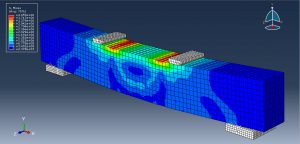
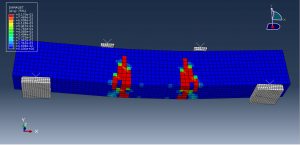
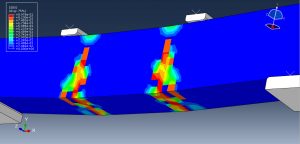
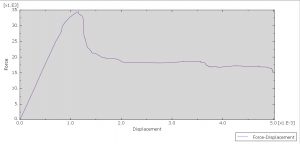
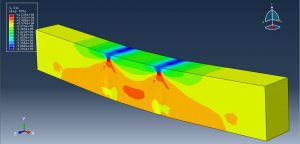
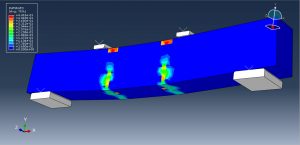
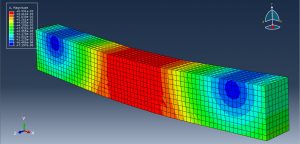
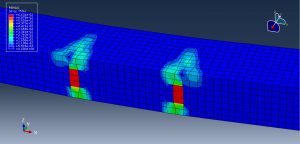
You can provide CAE ,INP,and English video files of this simulation here. The cost of these files is Twenty-Five Euros. you can click on the bellow bottom to beginning process
You can purchase the tutorial through a PayPal account, a Visa, or a Master card, just before payment, send me an email to this address: karampourp@gmail.com
 Abaqus tutorials Abaqus tutorials
Abaqus tutorials Abaqus tutorials
